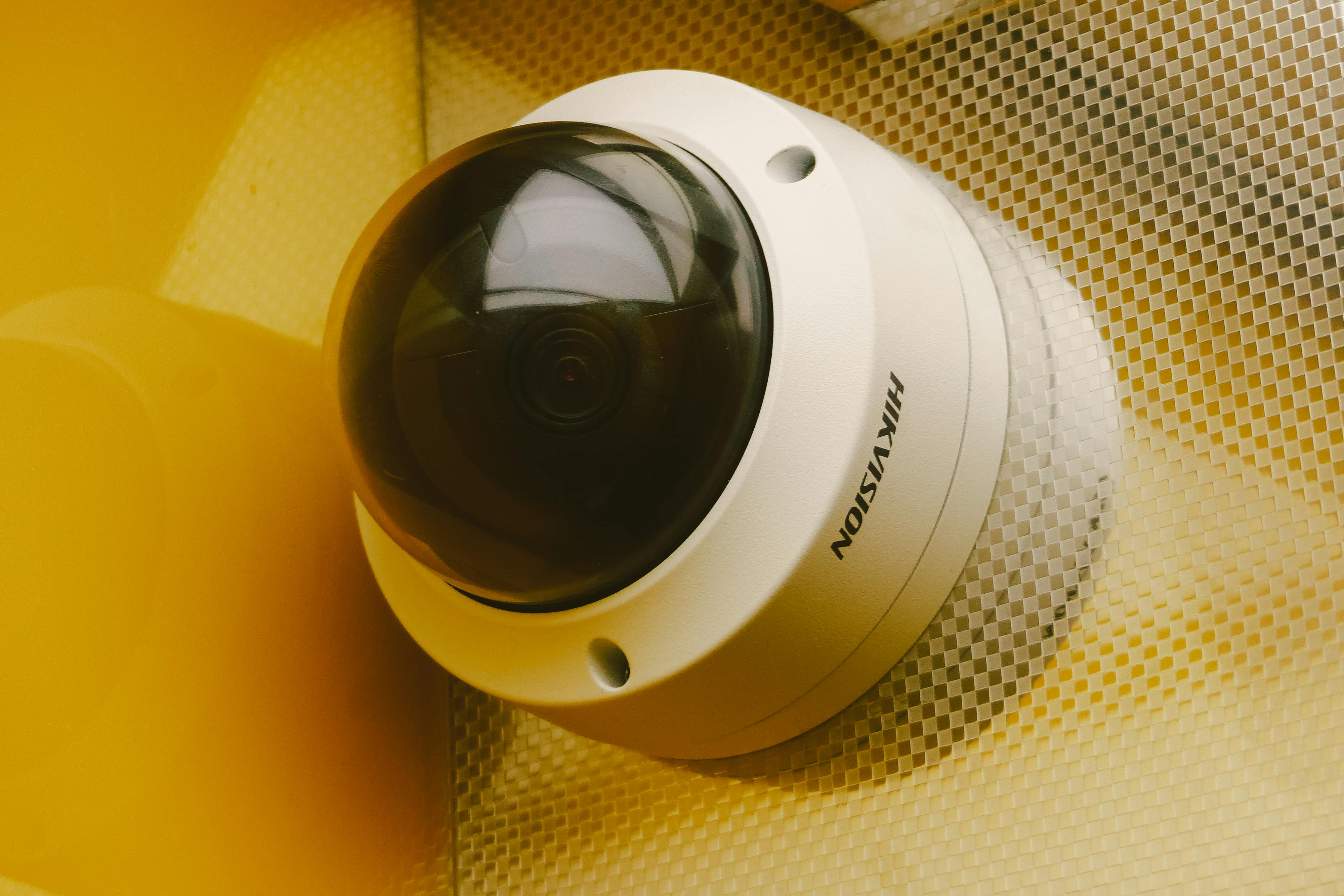Alliteration, one of the popular rhetorical devices commonly used in poems and songs, is very rich in this inaugural address. Alliteration is the most used in Kennedy’s speech based on this encapsulation. In several sentences, repetitions of the same initial sounds occurred in consecutive sequence, found in paragraph 4, paragraph 27, paragraph 22, and in various portions throughout the speech.
The antithesis is very evident in John F. Kennedy’s statements throughout the inaugural address. The contrasting points and ideas are very evident in this part of the speech: “Let both parties explore the issues that unite us rather than dwell on the issues that divide us” in paragraph 15. Paragraph 24, sentence 2, paragraph 6, sentence 2 and paragraph 8, sentence 2 can also be considered as statements that reflect the antithesis.
The speech also contains several anaphoras, or the repetition of the same words at the beginning of a sentence, clause or sentence. These can be seen in the two successive paragraphs 15 to 16 of a sentence, beginning with the phrase “Let both sides …”. Other examples of anaphora found in the text can be found in paragraph 13 where the word ‘both’ is repeated several times, and in paragraph 20, sentence 2 where the word ‘neither’ is repeated at the beginning of sentences.
The parallelism is also dominant in the text and can be seen in some parts of the speech. Some of the parallel grammatical structures can be found in paragraph 19, paragraph 22, and paragraph 3, sentence 2.
Other rhetorical devices are also evident throughout the speech. The metaphor can be found in paragraph 24, sentence 4. The diacope, or the way of repeating a word or phrase after an intervening word or phrase, can be noticed in paragraph 12, sentence 2, at which point the phrase “without a doubt” is repeated in a sentence. Asyndeton, described as the non-occurrence of conjunctions between consecutive sentences or words, can be noted in the sentence in paragraph 4 where a conjunction, supposedly, ‘and’, is absent between sentences. Polysyndeton, or the continuous use of a conjunction between each word, phrase, or clause, can be seen in paragraph 19 where the conjunction ‘and’ is used repeatedly between phrases. An example of anadiplosis, or the rhetorical device in which the last word of a clause or sentence is repeated at the beginning of the next clause or sentence, is used by Kennedy in paragraph 2, sentence 2, where the word ‘belief is magnified ‘. Hyperbole or exaggeration for emphasis or aesthetic effect is located in paragraph 4, where the former president declared that Americans will pay any price, bear any burden and face any hardship, which may not be feasible in all circumstances.
The trademark line, “Don’t ask what your country can do for you; ask what you can do for your country” in paragraph 25, which is generally regarded as the most citable, is an antimetabol, described as repetitive use of words. , in consecutive clauses. , in reverse grammatical order, and is sometimes considered chiasmus.In addition, amplification, a way of repeating a word or expression while adding more detail to it, to emphasize something, is seen in the famous lines in paragraphs 15-17, in which the phrase “Let’s leave both sides” heads each paragraph.
In some cases, the lines used are broad in terms of the type of rhetorical devices. For example, paragraph 14, sentence 2-3, in which ‘negotiate out of fear’ was artistically used ‘and never be afraid to negotiate’, can be considered both a chiasmus and an antithesis, as it is both a statement of contrasting ideas and a reversal in grammatical order. In the same way, the lines in paragraph 8, sentence 2 employ both antithesis and parallelism because they state two contrasting ideas presented in a balanced grammatical structure.
In essence, summarizing the findings presented, John F. Kennedy’s inaugural address is a great example of a piece that needs to be studied if you want to explore multiple rhetorical devices in one piece. This rich speech, aided with rhetorical devices, is written, delivered and communicated so effectively, which is always proven in history. Because of its prominence and lasting effect on people, not just in the United States, but around the world, this one-of-a-kind piece reinforces the principle that truly, the use of rhetorical devices can lead to effective and eloquent communication.




